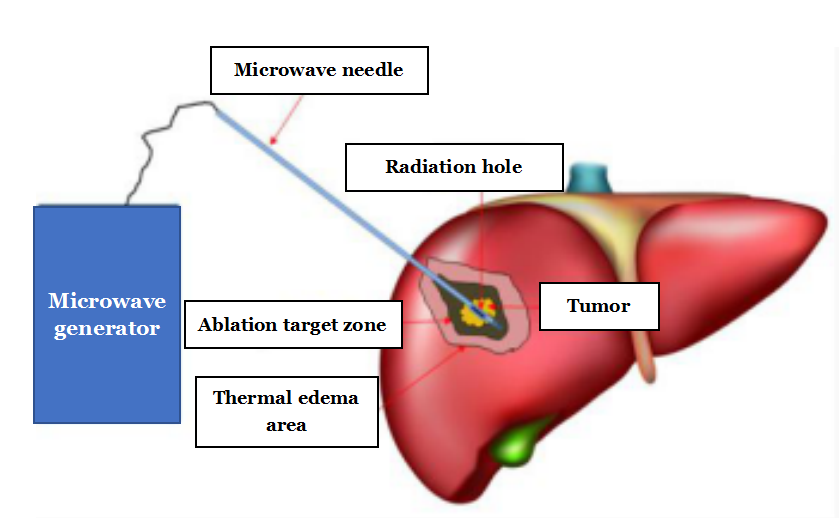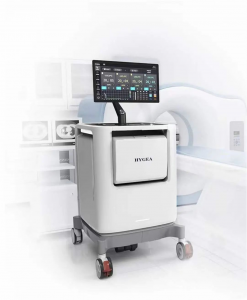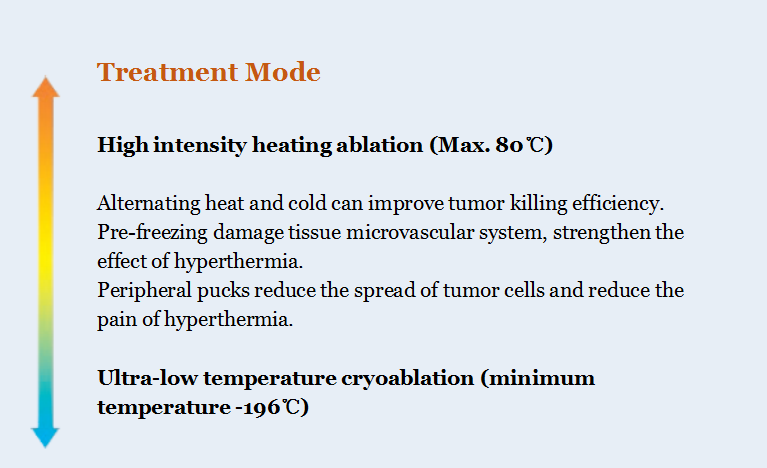Interventional radiology, also known as interventional therapy, is an emerging discipline that integrates imaging diagnosis and clinical treatment. It utilizes guidance and monitoring from imaging equipment such as digital subtraction angiography, CT, ultrasound, and magnetic resonance to perform minimally invasive treatment using puncture needles, catheters, and other interventional devices through natural body orifices or small incisions. Interventional radiology has now become one of the three major pillars alongside traditional internal medicine and surgery in clinical practice.
Interventional therapy is conducted under the guidance and monitoring of imaging equipment throughout the entire process. It enables accurate and direct access to the diseased area without causing major trauma, making it advantageous in terms of accuracy, safety, efficiency , broad indications, and fewer complications. As a result, it has become a preferred treatment method for certain diseases.
1. Diseases requiring internal medicine treatment
For conditions such as tumor chemotherapy and thrombolysis, interventional therapy offers several advantages compared to internal medicine treatment. Medications can directly act on the site of lesions, significantly increasing drug concentration at the target area, enhancing therapeutic efficacy, and reducing systemic side effects by minimizing drug dosage.
2. Diseases requiring surgical treatment
Interventional therapy offers several advantages over surgical treatment:
- It eliminates the need for surgical incisions, requiring either no incision or only a few millimeters of skin incision, resulting in minimal trauma.
- Most patients undergo local anesthesia instead of general anesthesia, reducing the risks associated with anesthesia.
- It causes minimal damage to normal tissues, allows for faster recovery, and shortens hospital stay.
- For elderly patients or those who are critically ill and cannot tolerate surgery, or for patients without surgical opportunities, interventional therapy provides an effective treatment option.
Interventional therapy encompasses a wide range of techniques, primarily categorized into vascular intervention and non-vascular intervention. Vascular interventions, such as coronary angiography, thrombolysis, and stent placement for angina and acute myocardial infarction, are well-known examples of vascular interventional techniques. On the other hand, non-vascular interventions include percutaneous biopsy, radiofrequency ablation, argon-helium knife, and radioactive particle implantation for liver cancer, lung cancer, and other tumors. Furthermore, based on the systems related to the treated diseases, interventional therapy can be further divided into neurointervention, cardiovascular intervention, tumor intervention, gynecological intervention, musculoskeletal intervention, and more.
Tumor interventional therapy, which lies between internal medicine and surgery, is a clinical approach to cancer treatment. One of the techniques used in tumor interventional therapy is the composite liquid nitrogen solid tumor ablation performed by the AI Epic Co-Ablation System.
The newly introduced technology at our hospital, the AI Epic Co-Ablation System, is an innovative research technique that originated internationally and showcases domestic innovation. It is not a conventional surgical knife, but rather utilizes imaging guidance from CT, ultrasound, and other modalities. By using a 2mm-diameter ablation needle, it applies physical stimulation to the diseased tissue through deep freezing (-196°C) and heating (above 80°C). This causes tumor cells to swell and rupture, while inducing irreversible pathological changes such as congestion, edema, degeneration, and coagulative necrosis in tumor tissues. Simultaneously, the rapid formation of ice crystals in and around cells, microveins, and arterioles during deep freezing leads to destruction of small blood vessels and results in a combined effect of localized hypoxia. Ultimately, this repetitive eradication of tumor tissue cells aims to achieve the goal of tumor treatment.
The AI Epic Co-Ablation System breaks through the limitations of traditional tumor treatment methods. Conventional surgical resection is associated with issues such as high trauma, high risks, slow recovery, high recurrence rates, high costs, and specific indications. Single modalities of either freezing or heating therapy also have their own limitations. However, the AI Epic Co-Ablation System utilizes a composite cold and hot ablation technology. It combines the advantages of traditional freezing therapy, including good tolerance, high safety, avoidance of general anesthesia, and imaging monitoring. It can be used for tumors near large blood vessels and the heart, for patients with implanted pacemakers, and can stimulate the immune system, among other benefits.
By improving upon the traditional freezing techniques that are prone to bleeding and carry the risk of needle tract seeding, as well as addressing the issues of noticeable patient pain and poor tolerance with heat ablation, the AI Epic Co-Ablation System offers a new treatment method for various benign and malignant tumors such as advanced lung cancer, liver cancer, kidney cancer, pancreatic cancer, bile duct cancer, cervical cancer, uterine fibroids, bone and soft tissue tumors, and more.
The new approach of tumor interventional therapy has provided new treatment possibilities for some previously difficult-to-treat or untreatable conditions. It is especially suitable for patients who have lost the opportunity for optimal surgery due to factors such as advanced age. Clinical practice has demonstrated that interventional therapy, due to its minimally invasive nature and the characteristics of low pain and fast recovery, has been widely applied in clinical settings.
Post time: Aug-18-2023



